As of June 2022, overall travel spending in the U.S. had surpassed 2019 levels for the third consecutive month, hitting a high of $105 billion. At the same time, though, 43 percent of American travelers are saying that gas prices will greatly impact their travel decisions over the next six months. In other words, the rollercoaster travel brands have experienced over the past three years continues.
That said, travel marketers need not despair. While demand and marketplace conditions for travel will continue to fluctuate, brands that take a smart data-driven approach to their marketing programs and audience targeting have an opportunity to not only deepen loyalty with their existing customers, but also to expand their loyal customer bases through well-targeted prospecting campaigns and communications. Here’s how.
Keeping Loyalists Happy and Engaged
Travel brands know how important customer loyalty is to their success, and they invest heavily in their most loyal customers as it relates to incentives. Now more than ever, that investment needs to extend to their data as well.
Ensure loyalty data is organized and accessible. Today’s travel brands need to make their existing loyalty data a top priority within their organizations. That means ensuring that the data is organized, clean and up to date. One area on which to focus is mailing addresses, particularly given the number of relocations that happened during the pandemic.
In addition, travel brands should consider the accessibility of their loyalty data. It’s vitally important to ensure that the right people and departments in your organization are able to both tap into and contribute to the collection and maintenance of loyalty data. Travel brands should look for new ways to inject data-driven insights into customer touchpoints to deliver the best possible experience, from buying a ticket to printing that ticket out at a kiosk.
Enrich loyalty data for greater insights. Organized, clean and current loyalty data is important. But it’s also just a starting point. To truly maximize the value of loyalty data, travel brands should look to enrich that data with additional demographic and purchase insights. For example, loyalty data enriched with demographic insights might reveal that a household has grown in recent years, meaning that a loyal traveler is now likely looking to fly with an infant on occasion. That’s an important insight around which a person’s brand experience should be tailored.
With a deeper understanding of customers, travel brands can not only enhance the customer experience based on the insights they uncover, but they can also focus in on the partnerships that will be most relevant to their loyal base. For example, Alliant’s United Airlines Buyer Propensity audience data shows that they are also more likely to spend their money on LG home entertainment, Whirlpool appliances and Janie and Jack children’s clothing, and be interested in electric vehicles, Amazon Prime Originals and New York sports teams. Such insights are vital for a brand when it comes to focusing partnership, co-branding and cross-promotion efforts.
Grow Your Loyalty Base
Beyond a travel brand’s existing loyal customer base—which warrants a significant amount of attention and investment—companies shouldn’t be neglecting the need and opportunity to grow their loyalty bases, particularly at this moment in time. The pandemic sparked a gap in many consumers’ travel habits and yielded some bad experiences for others. As such, consumers who were once loyal to a given brand might be open or looking to switch it up. In other words, a smart, data-driven approach to competitive conquesting campaigns could yield dividends right now.
Consider brand and interest propensity audiences. In looking to formulate and launch a competitive conquesting campaign, travel brands can tap into datasets like Alliant’s Brand or Interest Propensity audiences. Such audiences are segmented by modeling known brand purchasers against Alliant’s dataset of billions of multichannel purchase transactions to enable travel brands to reach out to consumers based on the brands or activities they prefer.
Explore new channels. In finding new customers, it also pays to try different channels. Travel brands that have historically focused on TV and digital channels might find that an extension into highly targeted direct mail can help them break through with new audiences. Likewise, emerging capabilities like advanced TV can help travel brands refine and target their TV campaigns more granularly than ever, delivering tailored messaging to harder to reach audiences. The key, as always, is to partner wisely on data initiatives to ensure your efforts are on-target, informed and as effective and efficient as possible.
Looking to level-up your travel brand’s data strategy and campaigns at this key moment of opportunity? Contact the Alliant team to learn more about datasets and approaches that can take your loyalty and prospecting efforts further.








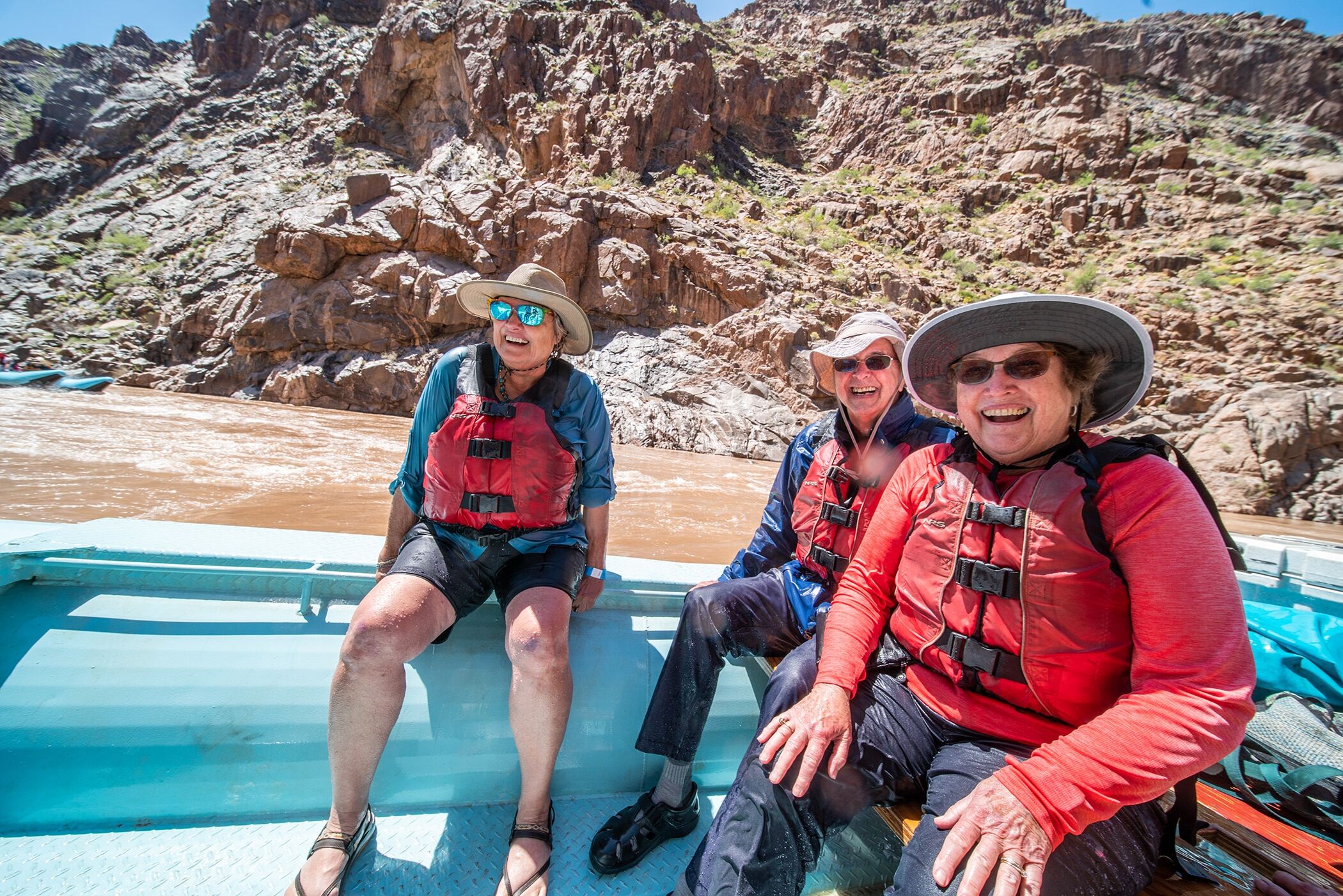











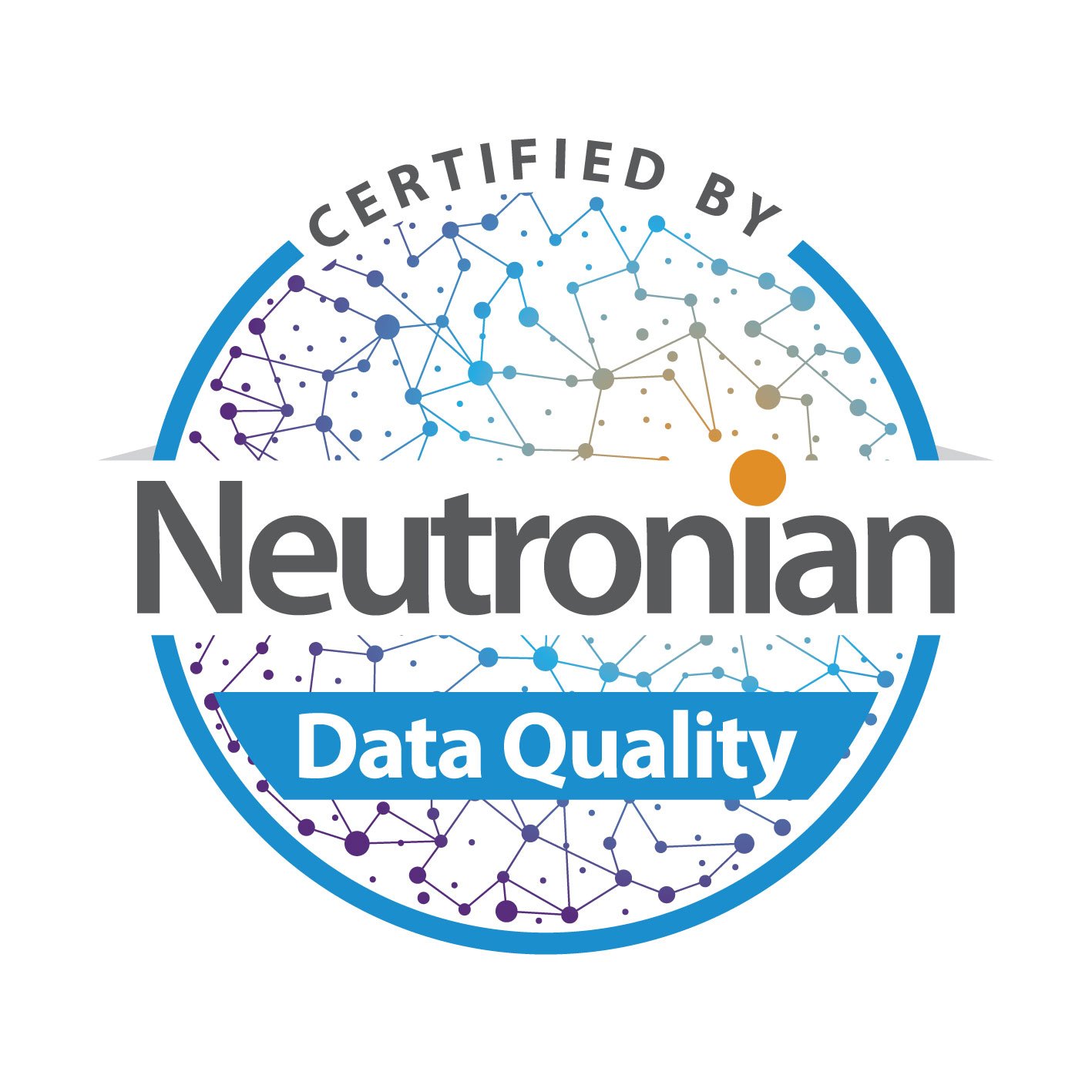




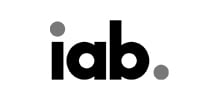
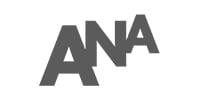

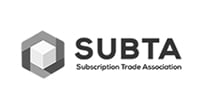


Submit a Comment